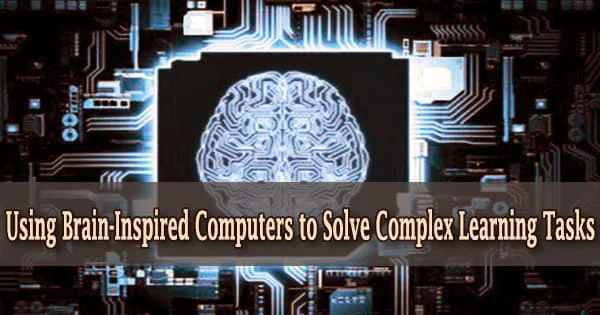The goal of true artificial intelligence research has long been to create a machine that processes information as effectively as the human brain. With the use of biologically-inspired artificial neural networks, an interdisciplinary research team led by Dr. Mihai Petrovici at Heidelberg University and the University of Bern (Switzerland) is solving this problem.
Because they are powerful, quick, and energy-efficient, spiking neural networks, which imitate the structure and function of a natural nervous system, are potential possibilities. One of the biggest challenges is figuring out how to train such complicated systems. The German-Swiss research team has now created and effectively implemented a training algorithm.
Spikes are brief electrical pulses used by nerve cells (or neurons) in the brain to transmit information. When a particular stimulus threshold is exceeded, these spikes occur. The frequency with which a single neuron generates such spikes, as well as the temporal sequence of the individual spikes, are crucial for information exchange.
“The main difference of biological spiking networks to artificial neural networks is that, because they are using spike-based information processing, they can solve complex tasks such as image recognition and classification with extreme energy efficiency,” states Julian Göltz, a doctoral candidate in Dr. Petrovici’s research group.
Individual neurons in the human brain and artificial spiking neural networks with architecturally similar architecture can only perform to their maximum potential if they are correctly connected to one another.
The main difference of biological spiking networks to artificial neural networks is that, because they are using spike-based information processing, they can solve complex tasks such as image recognition and classification with extreme energy efficiency.
Julian Göltz
But how can neuromorphic systems, which are inspired by the brain, be altered to accurately process spiking input?
“This question is fundamental for the development of powerful artificial networks based on biological models,” stresses Laura Kriener, also a member of Dr. Petrovici’s research team.
To ensure that the neurons in a spiking neural network fire at the precise moment, special algorithms are required. These methods tweak the connections between neurons so that the network can accomplish the task at hand, such as accurately identifying photos. Under the guidance of Dr. Petrovici, a team of researchers created just such an algorithm.
“Using this approach, we can train spiking neural networks to code and transmit information exclusively in single spikes. They thereby produce the desired results especially quickly and efficiently,” explains Julian Göltz.
Furthermore, the researchers were successful in integrating a neural network trained using this technique on a physical platform, the Heidelberg University-developed BrainScaleS-2 neuromorphic hardware platform.
The BrainScaleS system, according to the researchers, analyzes information 1,000 times faster than the human brain and uses significantly less energy than traditional computer systems. It’s part of the European Human Brain Project, which combines neuromorphic computing and other technologies into an open platform called EBRAINS.
“However, our work is not only interesting for neuromorphic computing and biologically inspired hardware. It also acknowledges the demand from the scientific community to transfer so-called Deep Learning approaches to neuroscience and thereby further unveil the secrets of the human brain,” emphasizes Dr. Petrovici.
The Human Brain Project, one of three European flagship programs in Future and Emerging Technologies supported under the European Union’s Horizon 2020 Framework Programme, was funded by the Manfred Stärk Foundation. The findings of the study appeared in the journal “Nature Machine Intelligence.”





